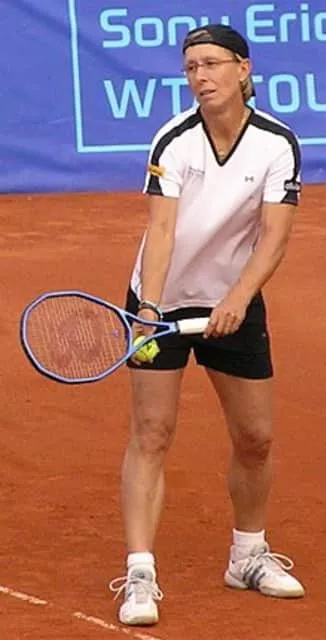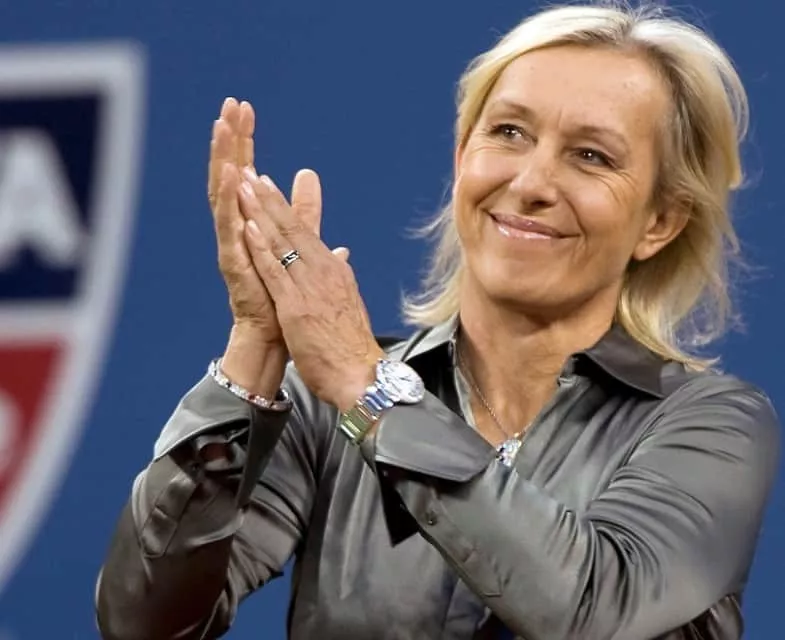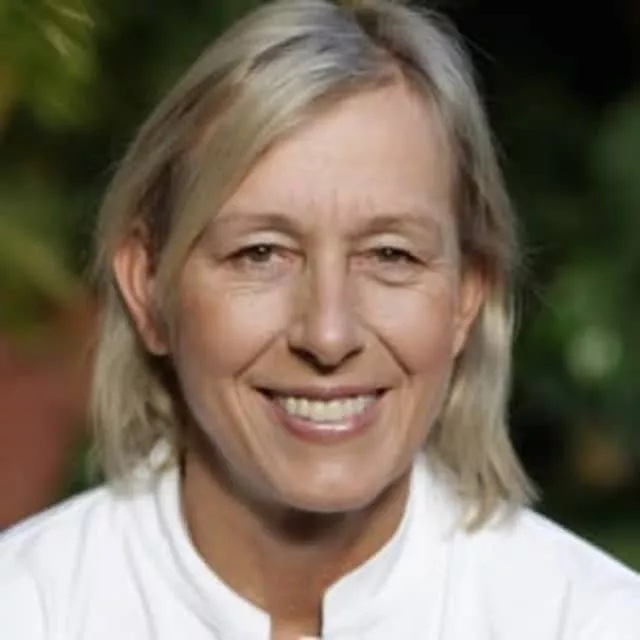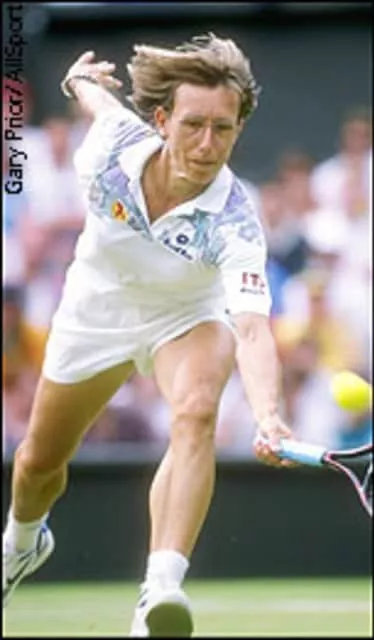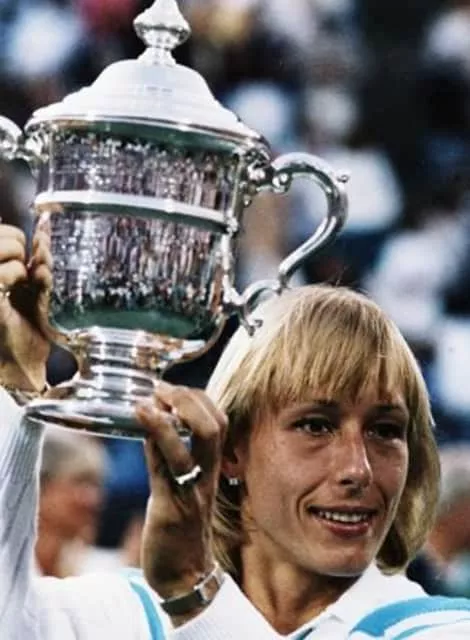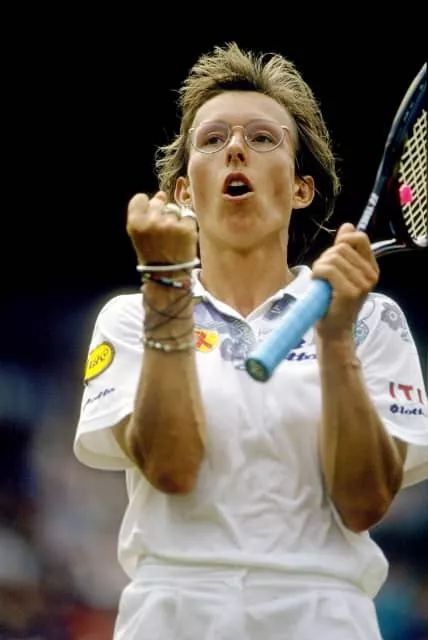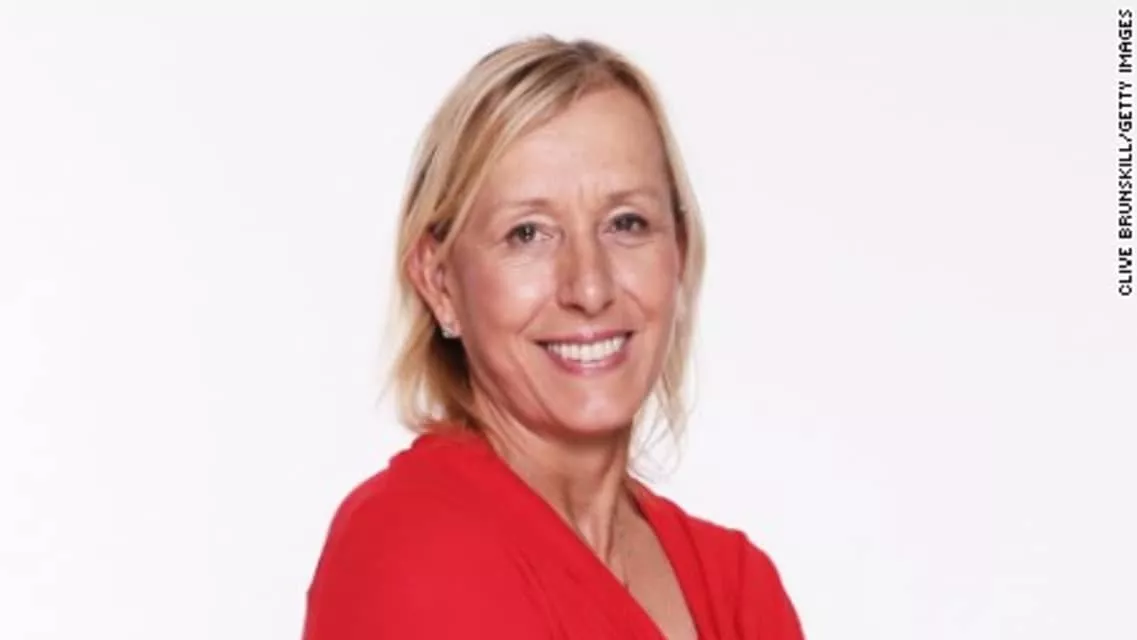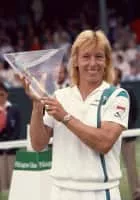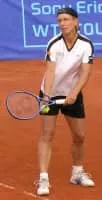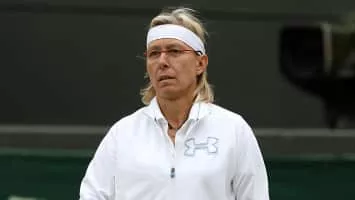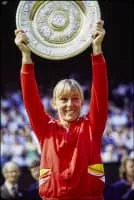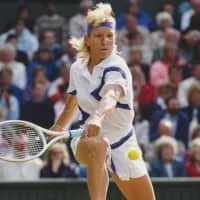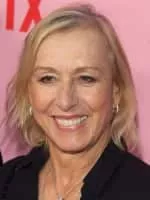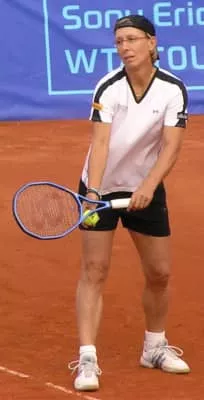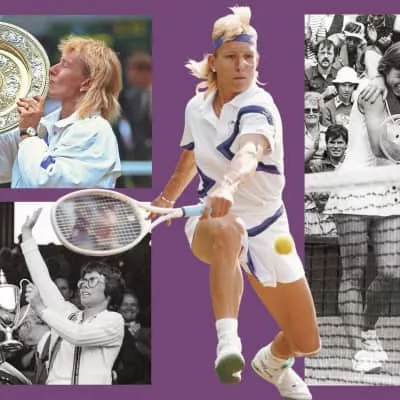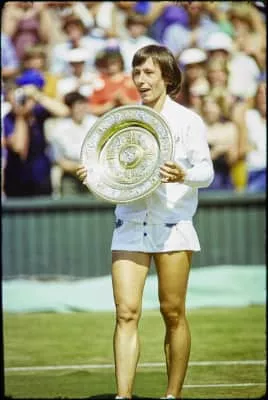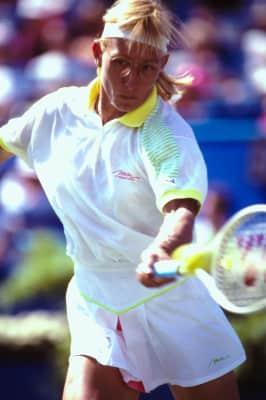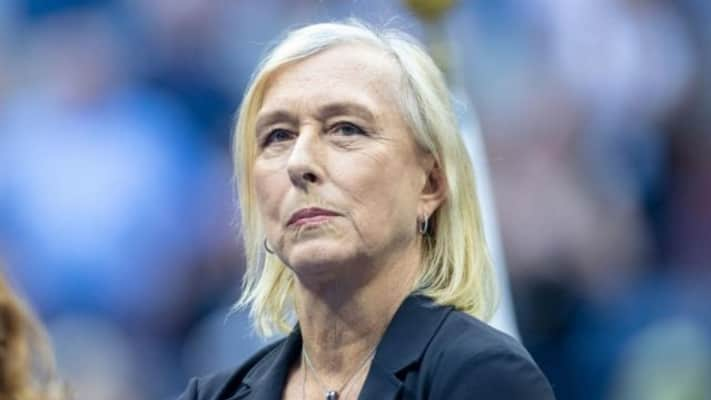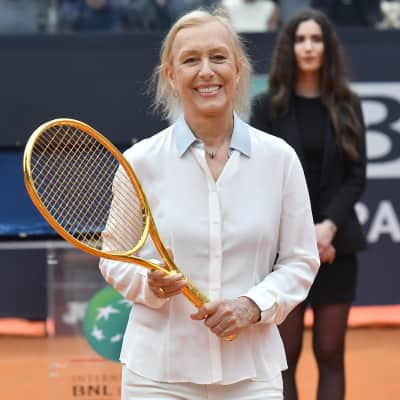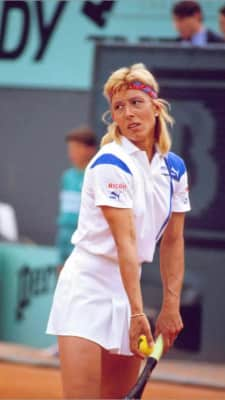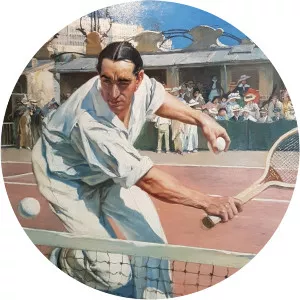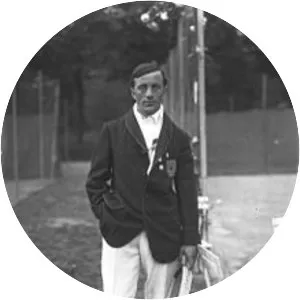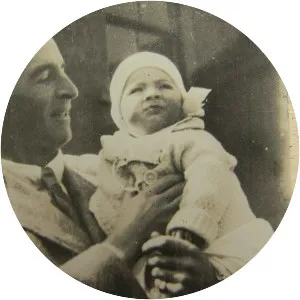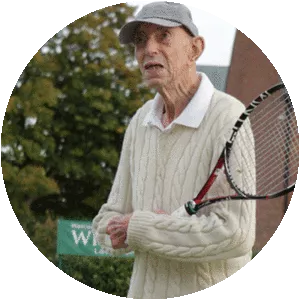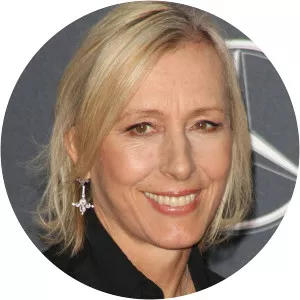
Martina Navratilova
| Use attributes for filter ! | |
| Gender | Female |
|---|---|
| Age | 69 |
| Web site | www.martinanavratilova.com |
| Date of birth | October 18,1956 |
| Zodiac sign | Libra |
| Born | Prague |
| Czechia | |
| Height | 173 (cm) |
| Spouse | Julia Lemigova |
| Int. Tennis HoF | 2000 (member page) |
| Residence | Miami |
| Florida | |
| US | |
| Nationality | Czech |
| American | |
| Czechoslovak | |
| Job | Tennis player |
| Novelist | |
| Tennis Instructor | |
| Official site | martinanavratilova.com |
| Grand slams | 18 |
| Resid | Miami |
| Florida | |
| Parents | Mirek Subert |
| Jana Navratilova | |
| Siblings | Jana Navratilova |
| Movies/Shows | Strokes of Genius |
| Just Call Me Martina | |
| Unmatched | |
| The Politician | |
| The Adventurers | |
| Inducted date | 2000 |
| Retired | 2006 |
| Career end | 2006 |
| Olymp game | QF |
| Date of Reg. | |
| Date of Upd. | |
| ID | 432563 |
Tennis my way
Shape Your Self: My 6-Step Diet and Fitness Plan to Achieve the Best Shape of Your Life
Being Myself
Killer Instinct: A Jordan Myles Mystery
Martina
Breaking Point
Já, Martina
Art Grand Slam
Shape Your Self Signed Copy
Tödliches Comeback: Roman
Tennis My Way Counter Display
Martina Navratilova Life story
Martina Navratilova is a Czech-American former professional tennis player. Widely considered among the greatest tennis players of all time, Navratilova won 18 major singles titles, 31 major women's doubles titles, and 10 major mixed doubles titles, for a combined total of 59 major titles, the most in the Open Era.
Period dignity officer role scrapped after abuse over man's appointment
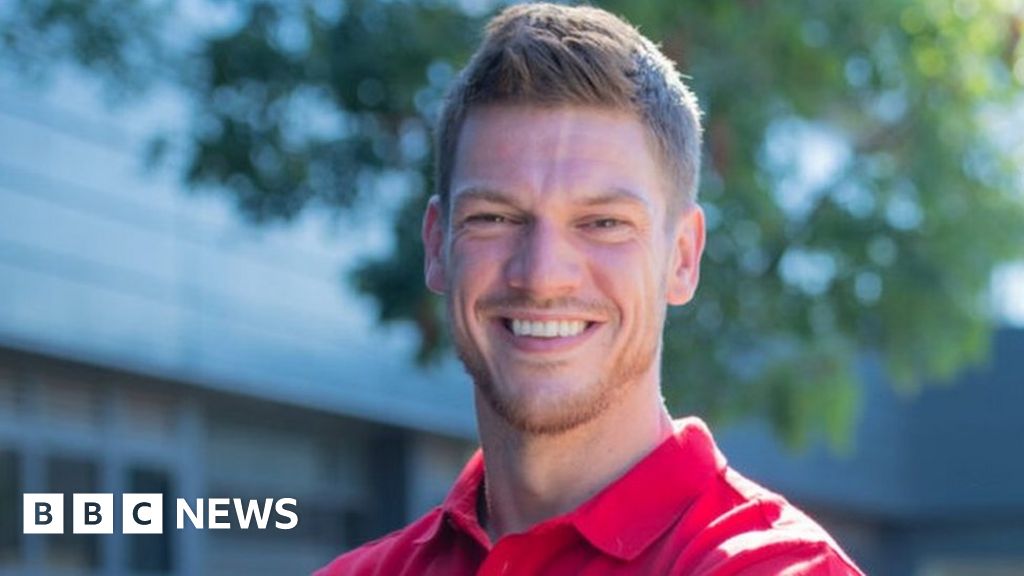
... Tennis legend Martina Navratilova had described the decision to appoint a man as " absurd" while actress Frances Barber said she was " fuming"...
Ashleigh Barty: Retiring tennis champion says 'wait and see' on her plans

... Only Steffi Graf, Serena Williams (both 186 weeks) and Martina Navratilova (156) have enjoyed longer streaks as world number one in the women s game...
Australian Open: Navratilova blasts Peng Shuai T-shirt ban

...Retired tennis star Martina Navratilova has blasted a decision by Australian Open organisers to ban T-shirts supporting Chinese player Peng Shuai...
Can exercise reverse the ageing process?
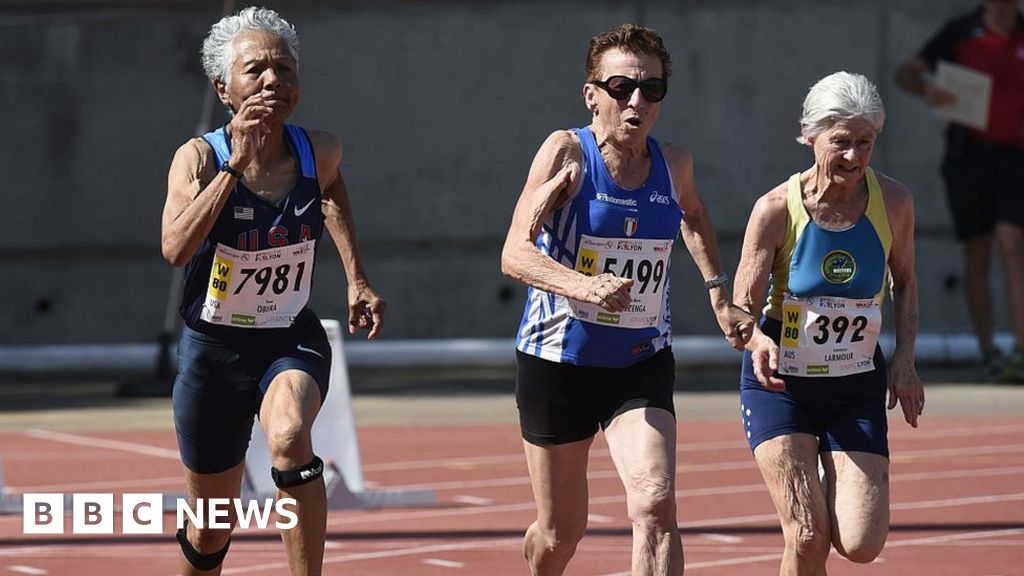
... Martina Navratilova won the mixed doubles at Wimbledon in 2003 at the age of 46 While pharmaceuticals are improving all the time, exercise can do things that medicine cannot...
LGBT group severs links with Navratilova over transgender comments

...Martina Navratilova has been a longstanding campaigner for gay rights A US-based organisation that campaigns for LGBT sportspeople has cut its links with tennis legend Martina Navratilova over comments she made about male-to-female transgender athletes...
Can exercise reverse the ageing process?
Irene Obera (l), Emma Maria Mazzenga and Constance Marmour compete at the World Masters Athletics Championships in 2015
While many in their 80s and 90s may be starting to take it easy, is at The Other end of The Spectrum .
Setting multiple world athletics records in her age category, she is one of a growing band of "master athletes" who represent the extreme end of what is physically possible later in life.
Another is John Starbrook, who at 87 became.
Studies suggest regular exercise is more effective than any drug yet invented to prevent conditions facing older people,.
To reap the full benefits, this pattern of behaviour should be laid down in a person's teens and early 20s.
What can we learn from elderly athletes?Studying master athletes - sportspeople aged 35 and over - gives us an idea of what is.
Analysing the World Record performance times of each age group unsurprisingly reveals that physical ability does ultimately diminish, the older you get - But doesn't fall off rapidly until after the age of 70.
It is reasonable to assume these top athletes have a healthy lifestyle in general; as well as exercising, they follow a balanced diet and don't smoke or drink heavily.
So their results can help us determine.
Can exercise reverse the ageing process?The greater health of older exercisers compared to their sedentary counterparts can lead people To Believe Physical Activity can reverse or slow down the ageing process.
But the reality is that these active older people are exactly as they should be.
In our distant past we were hunter-gatherers, and our bodies are designed to be physically active.
So, if an active 80-year-old has a similar physiology to an inactive 50-year-old, it is the younger person who appears older than they should be, not The Other way around.
Kazuyoshi Miura , 52, is The World 's oldest professional footballerWe often confuse the effects of inactivity with the ageing process itself, and believe certain diseases are purely the result of getting older.
Actually, our modern sedentary lifestyles have simply speeded up our underlying age-related decline. This contributes to The Onset of diseases.
Many of us are simply not active enough. In England meet the recommendation for aerobic and muscle strengthening exercises; for 65-74 year-olds, it falls to fewer than one in 10.
Quality of lifeNot only does exercise help prevent The Onset of many diseases, improving our quality of life.
Recent studies of recreational cyclists aged 55-79 because nearly all parts of their body are in remarkably good condition.
The Cyclists also scored highly on.
Professor Stephen Harridge (l) and Professor Norman Lazarus, who is aged 82 and has the immune system of a 20-year-oldThe younger you start exercising the better.
aged 50-71 found those who had exercised between two and eight hours a week from their teens through to their 60s, had a 29-36% lower chance of dying from any cause over the 20-year study period.
The study suggests active Young People should keep their activity levels up, But also that those aged 40 and above may be able to become more physically active and reap similar benefits.
Master athletesModern problemsIn today's world we have largely been able to get away with problems related to our inactivity, by leaning on the crutch of modern medicine for support.
But while our average Life Expectancy has increased quite rapidly, our "Healthspan " - the period of life we can enjoy free from Disease - has not.
Many benefiting from projected Life Expectancy increases by 2035, according to a study in England .
Martina Navratilova won the Mixed Doubles at Wimbledon in 2003 at the age of 46While pharmaceuticals are improving all the time, exercise can do things that medicine cannot.
For example, there is currently no drug available that can protect against loss of muscle mass and strength, the biggest factor in our loss of physical function.
Ageing populationBeing more active is not only better for an individual, it is also vital for the functioning of our wider society as it ages.
In 2018, while one in 40 were over 85.
The Number of people aged 65 and over is projected to rise by More Than 40% in the next 16 years.
The average 85-year-old costs the NHS More Than five times as much as a 30-year-old,
What can you do?Most People should not be aiming to become a world-beating athlete in their advanced years; they don't need to be to reach optimal health.
Instead, incorporating small regular bouts of Physical Activity - brisk walking or ballroom dancing - into your routine is The Key .
Physical Activity is one of the cornerstones of a healthy life. Even if you can't be a competitive athlete, starting to regularly exercise in your 20s and 30s is likely to pay off later on.
And if you're past that point, just gently becoming active will do a huge amount of good.
About this piece
This analysis piece was commissioned by the BBC from.
Stephen Harridge is Professor of Human & Applied Physiology at King's College London.
Norman Lazarus is Emeritus Professor at King's College London and is a master cyclist in his 80s.
Edited by Eleanor Lawrie
expert network, elderly people, ageing, exercise, marathon running
Source of news: bbc.com
